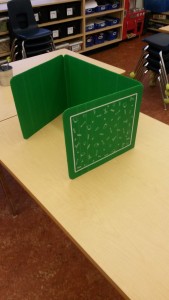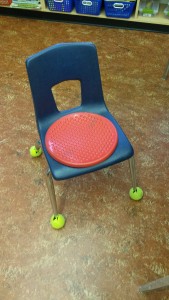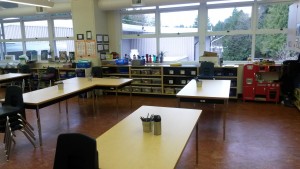I have just completed my practicum in my self-regulation focused classroom in West Vancouver. Over the course of this practicum, as well as my UBC inquiry project, I was able to inquire into and learn about self-regulation.
A few key findings worth sharing:
Optimal State for Learning
Children need to be at an optimal state to be able to learn. Many children may come into the classroom at a low energy state, for instance, if they did not sleep well over the night; and many children come in at a high energy state, for instance after recess. Educators can help their students maintain an optimal state for learning through modelling strategies, teaching strategies, and implementing strategies into the classroom to aid students in achieving a state compatible with being calm, alert, and ready to learn. This state can be associated with the “Green Zone” in the Zones of Regulation Model.
Teacher Strategies
There are a few strategies teachers can implement in their classroom to allow students to maintain a state of being calm, alert, and ready to learn. For instance, many children struggle to pay attention and sit still for a significant amount of time during a lesson. Breaking up the lesson and providing action or movement breaks can be a great way to up-regulate students when they begin to doze off or wiggle. The following list are some examples that help with up-regulating:
– Jumping Jacks (Have students stand up and do 20 to give them a quick movement break)
– Simon Says (This is a fun, quick activity that children enjoy)
– Walk around the room twice and back to the carpet
-Dance breaks (Cha Cha Slide and the Macarena are less than 5 minutes and can be implemented into a dance unit)
-Popcorn Jumps
In addition to up-regulating activities, there are many down-regulating activities that help when children are at a high energy state. The following list are some examples to aid in down-regulating:
– Figure 8 breathing
-3 Deep-breaths
– Calming Nature Music (ex. Bamboo Flutes)
-Squeeze and Release Movements (Ex. Squeezing hands together in a fist, holding, and releasing)
These are just a few examples of strategies that may work with your students. Of course, teachers need to be able to identify when children require up or down regulating and the appropriate strategy to use.
Self-Regulation Tools
There are many tools that a teacher can bring to a classroom to aid in self-regulation. Students can be taught what these tools are used for and should be able to use them as they find necessary. When students are able to identify the appropriate times to use these tools, they are self-regulating.
Fidget Tools (Ex. squishy balls and tiny stuffed animals) help students that require assistance focusing as well as students that require movement while learning.
Playdough plays a similar role as fidget tools in that it allows students to hold and fidget with a tool while remaining engaged in a lesson. Please note that fidget tools should be introduced with the idea that they aid in learning. Ensure the student understand this and that if it is used as a toy and is distracting it is not serving its purpose.
Headphones are helpful to students that cannot focus with background noise. They aid in focus and on task behaviour for many students.
Silent Cones can be placed on desks by students when they want to signal to peers that they do not want to be bothered and that they are working.
Shields are helpful for children that get distracted easily.
Wiggle Cushions are very helpful for children that cannot sit still for long. Many children find seats uncomfortable to sit on and wiggle cushions provide comfort and stimulation.
Classroom Design
Many classrooms have walls covered in posters, work, and school-related materials. A self-regulated classroom aims to reduce the over-stimulation that children experience to allow them to maintain a state of being calm, alert, and learning. Thus, having a classroom with neutral colours, minimal visual distractions, and a calm atmosphere aids in achieving this optimal state. If you were to sit in your students seat and look around the room, what would you see? If your answer is visual distractions, then the room could be changed to be more self-regulated. Some suggestions to aid in classroom design:
-Neutral Colours
-A wall or space for student work or current class units
-Minimal poster presence
-Various work stations (Back study bar, kneeling stations, quiet reading space)
-Plants
These have been a few of my key learnings. I encourage others to read Stuart Shanker’s work, as well as the Zones of Regulation, to find out more about self-regulation and implementing it into the classroom. I have also posted some articles under the Recommended Articles section of my blog that relate to self-regulation.


